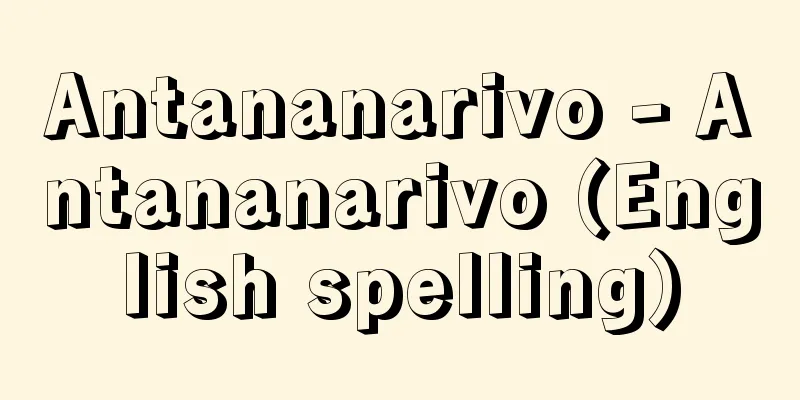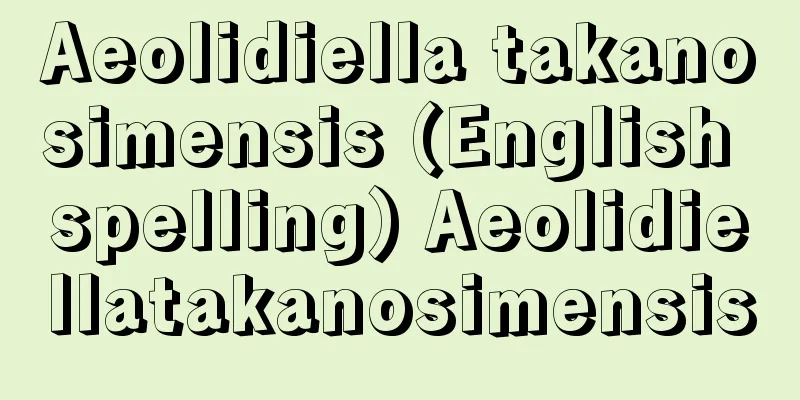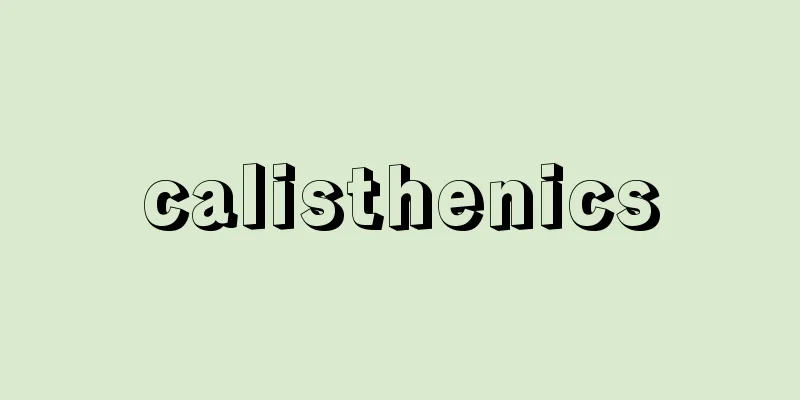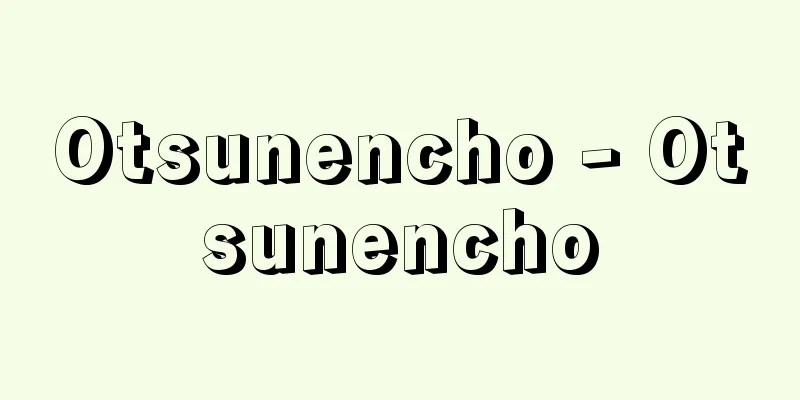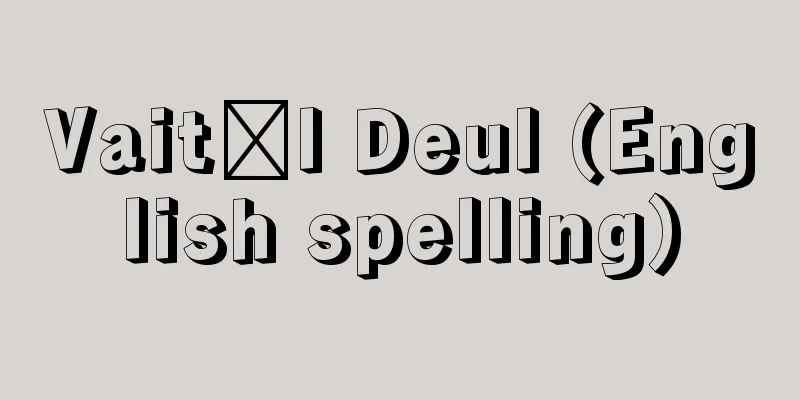Means of harming the enemy
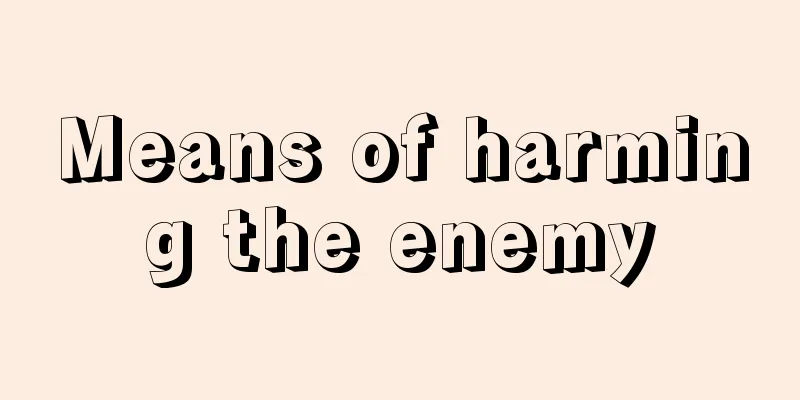
|
It refers to combat actions taken by a belligerent against an opposing belligerent in order to achieve the war objectives during an armed conflict. It deprives the opposing belligerent of the will and ability to fight, putting them out of combat. Belligerents are given the right to use means to harm the enemy, but the 1907 "Regulations Relating to the Laws and Customs of War on Land" stipulates that "belligerents do not have an unlimited right to choose the means by which they may harm the enemy" (Article 22). Use of poison, poisonous gas, and germs, betrayal, declarations of refusal to spare, killing or injuring prisoners, wounded, or civilians, etc. are prohibited. Source: Encyclopaedia Britannica Concise Encyclopedia About Encyclopaedia Britannica Concise Encyclopedia Information |
|
武力紛争時に交戦者が戦争目的を達成するために相手側交戦者に対して行う戦闘行為をいう。相手側交戦者の戦闘意思,戦闘能力を奪って,戦闘外におく。交戦者には害敵手段行使の権利が与えられるが,1907年の「陸戦ノ法規慣例ニ関スル規則」は,「交戦者ハ害敵手段ノ選択ニ付無制限ノ権利ヲ有スルモノニ非ス」 (22条) と規定する。毒,毒ガス,細菌の使用,背信行為,不助命宣言,捕虜・傷病者・文民の殺傷などは禁止されている。
出典 ブリタニカ国際大百科事典 小項目事典ブリタニカ国際大百科事典 小項目事典について 情報 |
>>: Revised Law Example - Kaitei Ritsurei
Recommend
Plot, R. (English spelling) PlotR
…His brother, Benjamin White (1725-94), was invol...
Izumi vinegar
〘Noun〙 High-quality vinegar produced in Izumi Prov...
Sueuji
A powerful clan in Suo during the Muromachi and Se...
Heart transplantation
(1) History of heart transplantation The first hum...
Fu Manchu (English spelling)
The protagonist of the bestselling series of novel...
Kwajalein Atoll - Kwajalein Atoll
An atoll in the Lalik Islands, west of the Republi...
Moreri, L.
…China's first treatise, the Erya, which was ...
Tachibana clan
One of the four major surnames collectively known...
Isuka (red crossbill) - Isuka (English spelling) red crossbill
A bird of the family Fringillidae (illustration) i...
Hantaro Nagaoka
Physicist. The only son of Nagaoka Jisaburo (1839...
birth-root
...Trillium and white-flowered trillium are found...
Carrosse
...From carruca comes the English word "carr...
Macracanthorhynchus hirudinaceus (English spelling)
… The cod beetle Echinorhynchus gadi , females 4....
Karpat medence
…It is bounded to the north and east by the Carpa...
opera buffa (English spelling) opera buffa
...The opera seria (serious opera) in Italy and t...
